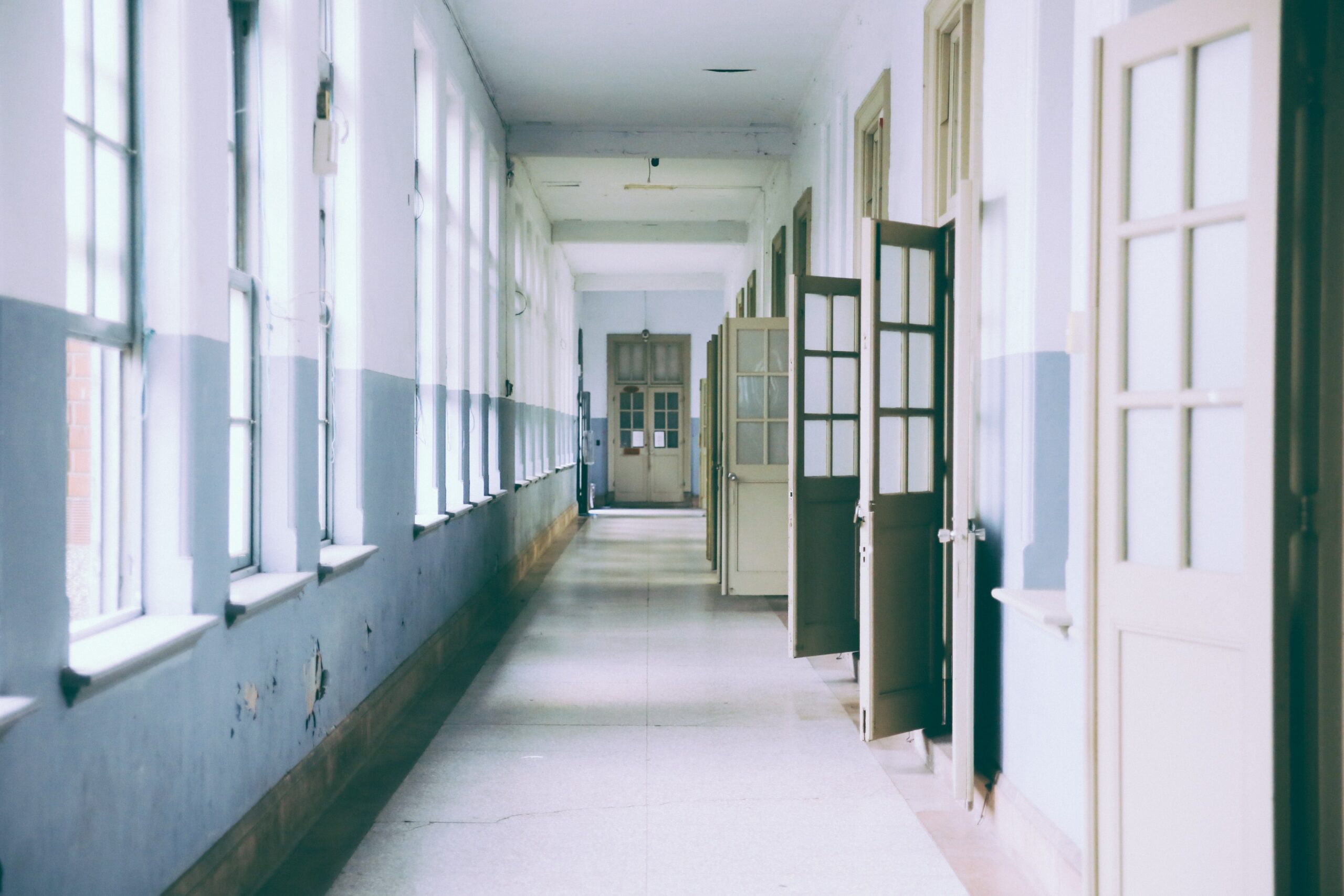By: Eddie Sorrells, CPP, PSP, PCI
A shooting at a Florida high school has left 17 people dead, and officials say the toll could continue to rise. The 19-year-old assailant opened fire with a semiautomatic rifle at Marjory Stoneman Douglas High School, about an hour northwest of Miami, on Wednesday around 2:40 p.m. Eastern, shortly before students were dismissed for the day. The suspect, a former student at the school who had been expelled, is in custody after a brief hospitalization, and currently faces charges of 17 counts of premeditated murder.
Once again, many school officials, parents, and security experts are wondering what could have been done to prevent this tragedy from occurring. While the images of fleeing school children and Law Enforcement entering are unfortunately not new in recent months, we are once again reminded that this truly can happen anywhere at any time. So, what are we as security professionals left to ponder in the wake of another serious incident that prompts questions from those honestly seeking answers to this problem?
The Newtown shooting in 2012 forever altered the way American schools approach safety and assess risk, ushering in an era in which schools feel particularly vulnerable to the threat of shootings and students must know what to do in case one happens. Because of the shift in thinking, there have been some success stories since that tragic event.
In November of 2017 inside a rural California classroom, more than a dozen 5- and 6-year-olds huddled in the corner as a gunman sprayed bullets at the school and tried to break his way in. But the doors were locked and all of the children were inside, part of a school plan the staff and students had practiced in drills and knew by heart. They barricaded the school in just 47 seconds probably saving the lives of countless people at Rancho Tehama Elementary School.
While it appears that Marjory Stoneman Douglas High School had a response plan, and no doubt the actions of law enforcement, teachers and other school officials saved countless lives, we must not lose sight of the importance of improving our processes in the wake of these events. More comprehensive training is needed to educate on the importance of reacting to warning signs and responding to known threats. This can be a complex endeavor, but it is an effective tool. Just this month a High School in Everett, Washington was likely spared from an attack simply because a student’s grandmother reported threats she found in her grandson’s journal. We will never know, but what if the warnings signs exhibited by the latest shooter had been properly addressed?
So, the answer to what to do has to continue to be: Assess the risks, plan, train (and Repeat). Unfortunately, this is not an issue that can be solved in one meeting or a lengthy written policy. It must become a part of the School’s DNA and addressed at all levels- Physical Security, Policies and Procedures, and on-Going Training.
When I was in school, we trained on how to save ourselves from bad weather. Now our kids are training on how to survive a mass homicidal attack. Yes, times have changed, but we must not lose sight of fundamental security principles that must be followed to allow us the best chance to prevent or mitigate future occurrences. I am encouraged by what I have seen from my fellow security professionals in the wake of this latest tragedy. Things such as the free resources from leading security organizations like ASIS International, and commentary from many well-respected security experts in local and national media lending a healthy dose of practical advice, give me hope that this problem can be effectively addressed in the future. We just have to continue to emphasize that there is no magic formula, plan, or substitute for following the fundamentals, and vowing to never waver in our commitment to the safety and security of our most vulnerable environment.




